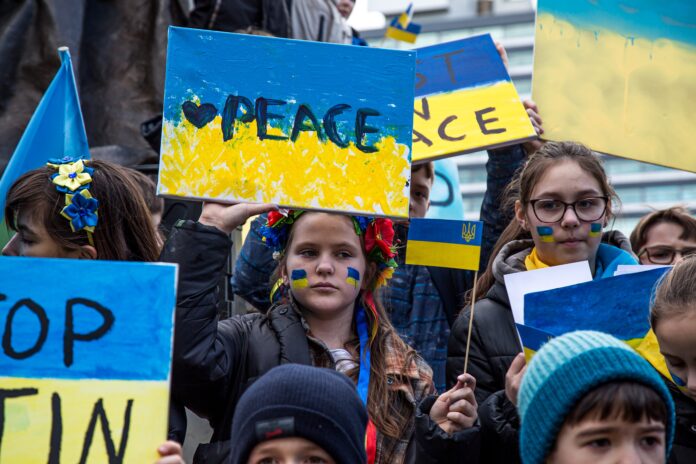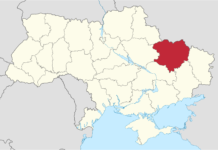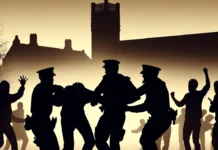Russia has not stopped to attack civilian targets in Ukraine. Damage to the water supply and electric grid is a severe concern, harming civilians directly. Since Russia started its invasion, over 1,500 civilian structures, buildings, and vehicles in Ukraine have been damaged or utterly destroyed.
The U.N. high commissioner for human rights states that over 953 civilians have died, and this includes about 78 children. The commissioner noted that the real death toll might be higher. The New York Times has identified and cataloged the devastation. It includes about 23 hospitals and other health-related infrastructure, 27 cultural buildings, 330 schools, 98 commercial buildings, some related to agriculture or food, and 900 homes and apartment buildings.
The evidence of the attacks comes from thousands of verified videos and photos, descriptions and official announcements from Ukrainian government agencies and the military, and reports from journalists and wire photographers. It is challenging to get comprehensive information on events during wars. For that reason, the tallies are undercounts. Yet, the breath of evidence shows that the everyday life of many Ukrainians has changed due to the war. Russia is under investigation for possible war crimes.
When the invasion began, Russia made airstrikes against airports, government buildings, and military buildings in Ukraine. Soon afterward, Russia shifted most of its attacks to densely populated areas with vital civilian infrastructure. The attacks have destroyed post offices, pre-schools, sports facilities, museums, and factories.
Russia’s attacks have also severed power and gas lines and blown up railway stations and bridges. The attacks have also targeted about ten churches, and some civilians have been killed in their vehicles.
Russian troops have subjected the residents of Mariupol to an unending onslaught. Many bodies are getting buried in mass graves. Recently, an adviser to the city government claimed that 2,400 civilians had died from the attacks. An analysis of satellite images showed that over 391 buildings sustained damage in the Mariupol area, which has many health facilities and schools.
The International Criminal Court’s top prosecutor has opened an investigation into alleged crimes against humanity and war crimes. According to international humanitarian law, commanders and combatants should reduce harm to civilians or civilian objects such as buildings, homes, vehicles, and other infrastructure not in use for military purposes.









